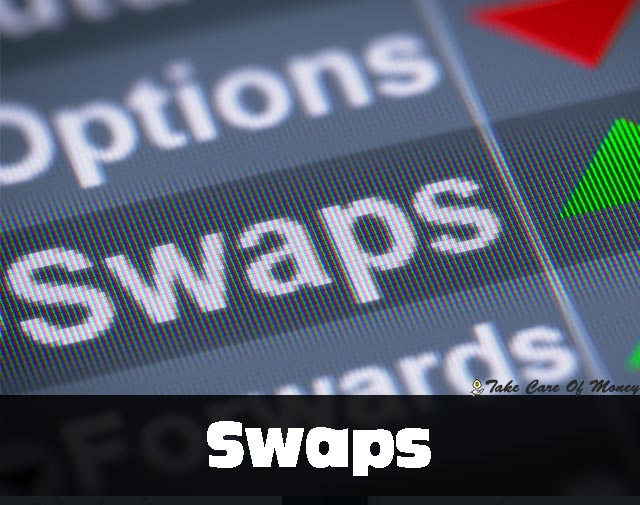Table of Contents
A swap is a financial derivative by which two parties agree to exchange, during a specified period, two financial flows (income and payments) of interest in the same currency (interest rate swap) or in a different currency (exchange rate swap). on a certain nominal and specifying an expiration date.
Swaps are negotiated bilaterally by each of the parties in over the counter markets (that is, they are not negotiated in organized markets). This fact makes the finally agreed contract more useful, flexible and adjusted for the initial needs that were pursued with the agreement by each of the parties.
Regarding their use and objective, they are products used both for speculation and to cover exposure to a risk. Furthermore, in the case of interest rate swaps, since there is no nominal exchange, they allow taking leveraged positions.
This type of financial contract was born in the 70s in the United Kingdom. That said, the swap’s notoriety was achieved thanks to the operation that the World Bank and the North American company IBM carried out in 1981, through the Salomon Brothers bank. In this agreement, the technology firm IBM was seeking greater financing in dollars in exchange for currencies from European countries, specifically francs and Swiss marks. For its part, the World Bank sought to obtain financing in these currencies.
Swaps Types
The most popular types of swaps are interest rate and currency.
- Interest rate swaps: Consists of the payment of fixed periodic interest by one of the parties in exchange for receiving variable periodic interest by the other party, referenced to a certain index, such as the Euribor, Eonia (both used in the euro zone ) or Libor (London). There is no exchange of principal or currency risk, however, there is interest rate risk since the underlying asset is a deposit.
There are, in turn, two types of interest rate swaps:
- Interest rate swaps (IRS): Consists of the exchange of interest rate flows at a fixed rate for others at a variable rate in the same currency.
- Basis swaps: Consists of the exchange of interest rates at a fixed rate for others at a variable rate in the same currency but with different frequencies or bases. For example, you can exchange interest on the index referenced to the 3-month Euribor against the 6-month Euribor. In this example, we are looking for one part of the interest rate curve to move in one direction more than the other, so we will obtain a benefit for the difference expressed in basis points. If it moves in the opposite direction, we will be the ones to pay the opposite party.
- Exchange rate swaps: Consists of the exchange of fixed periodic flows by one party in one currency in exchange for receiving variable periodic interest by the other party in a different currency, such as receiving interest generated in the dollar against the euro. There is an exchange of principal at the beginning and expiration of the contract, currency risk and interest rate risk.
There are, in turn, three types of currency swaps:
- Currency swap: consisting of the exchange of fixed rate loans in different currencies.
- Floating rate currency swap: consisting of the exchange of variable rate loans in different currencies.
- Cross currency swap: consisting of the exchange of a fixed rate loan for another variable rate loan in different currencies.
Example of an interest rate swap
In this case, we assume that we have purchased an interest rate swap. Specifically, we have purchased a 2-year Interest Rate Swap (IRS) for a nominal value of 1,000,000 monetary units where we pay a fixed rate (3-month Euribor) and where we will receive a variable interest rate (6-month Euribor).
By buying the 2-year IRS, we are expecting the 6-month Euribor to do better than the 3-month Euribor. Well, with 3 months we will be paying a fixed rate throughout the life of the swap, and instead, for the 6-month leg we will have the possibility of higher settlements with higher interest rates.
In the hypothetical case that we do the opposite operation, that is, we sell the IRS for 2 years, we will wait for the 6-month interest rates to drop. We would pay a variable interest rate at 6 months and we would receive a fixed interest rate at 3 months. If the 6-month interest rates do worse than the short-term rates when practicing the settlements, we would pay a lower amount with the lower interest rates and we would receive a fixed rate established at the beginning of the operation.
